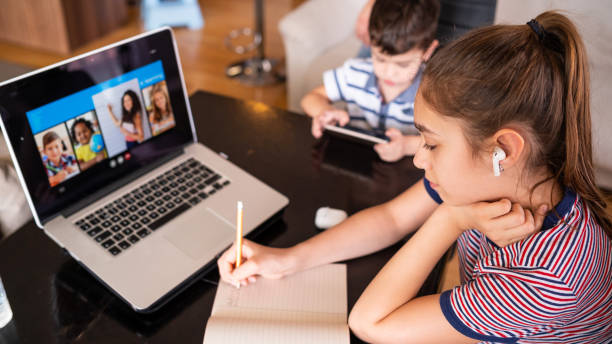
Objective:
The objective of this Standard Operating Procedure (SOP) is to establish guidelines for maintaining health and safety at school, ensuring the well-being of students, teachers, and staff. This SOP aims to provide a framework for implementing proper protocols and practices to prevent the spread of illnesses, ensure a safe learning environment, and respond effectively to emergencies.
Scope:
This SOP applies to all staff members, students, and visitors within the school premises. It encompasses various aspects of health and safety, including hygiene practices, facility maintenance, emergency preparedness, and communication protocols.
Responsibilities:
- Principal: The principal is responsible for overall implementation, compliance, and monitoring of health and safety guidelines at the school.
- Teachers and Staff: All teachers and staff members are accountable for following the established protocols, ensuring the well-being of students, and promptly reporting any health or safety concerns to the relevant authorities.
- Students: Students are expected to adhere to the health and safety guidelines, practice good hygiene, and cooperate with the school’s protocols.
Procedures:
Hygiene Practices:
- Hand Hygiene:
- Students, teachers, and staff should wash their hands frequently with soap and water for at least 20 seconds, especially:
- Before and after meals
- After using the restroom
- After coughing, sneezing, or blowing their nose
- Hand sanitizers should be made available throughout the school premises.
- Proper handwashing techniques should be demonstrated and promoted.
- Respiratory Hygiene:
- Everyone should cover their mouth and nose with a tissue or their elbow when coughing or sneezing.
- Used tissues should be disposed of immediately in designated waste bins.
- Regular reminders about respiratory etiquette should be provided to students and staff.
- Personal Protective Equipment (PPE):
Depending on the specific situation and guidelines from health authorities, the use of masks or other PPE may be required.
Proper usage and disposal of masks should be emphasized, if applicable.
- Cleaning and Sanitization:
- Classrooms, common areas, and frequently-touched surfaces should be regularly cleaned and disinfected.
- Cleaning schedules and procedures should be established, ensuring the use of approved disinfectants.
- Adequate ventilation should be maintained throughout the school premises.
- Safe Water and Food Practices:
- Potable water should be provided and regularly tested for quality.
- School canteens or food vendors should follow hygienic practices, ensuring safe food handling, preparation, and storage.
- Promote healthy eating habits and encourage students to bring nutritious meals from home.
Facility Maintenance:
- Regular Inspections:
- Conduct routine inspections of the school premises to identify any potential hazards or maintenance issues.
- Fix or report any damaged equipment, electrical problems, plumbing issues, or structural concerns promptly.
- Safety Equipment:
- Ensure the availability and functionality of safety equipment such as fire extinguishers, smoke detectors, and first aid kits.
- Conduct regular checks and maintenance of safety equipment as per relevant regulations.
- Emergency Exits and Evacuation Plans:
- Clearly mark emergency exits and evacuation routes throughout the school.
- Conduct drills to familiarize students, teachers, and staff with evacuation procedures.
- Ensure that all emergency exits are unobstructed and can be opened easily.
Emergency Preparedness:
- Emergency Response Team:
- Establish an emergency response team consisting of designated staff members trained in emergency procedures.
- Clearly define roles and responsibilities for each member of the emergency response team.
- Emergency Contact Information:
- Maintain an updated list of emergency contact numbers for local authorities, hospitals, and parents/guardians.
- Ensure all staff members have access to this information.
- Emergency Communication:
- Establish a communication protocol for alerting students, staff, and parents during emergencies.
- Utilize multiple communication channels such as text messages, emails, and PA systems to disseminate information.
- Crisis Management:
- Develop a comprehensive crisis management plan in coordination with local authorities.
- Conduct regular drills and simulations to practice emergency responses.
- Review and update the crisis management plan periodically based on lessons learned and feedback.
Reporting and Documentation:
- Incident Reporting:
- Establish a system for reporting incidents, accidents, or health-related concerns promptly.
- All staff members should be aware of the reporting procedure and follow it accordingly.
- Documentation:
- Maintain accurate records of incidents, emergencies, and actions taken.
- Document all safety-related inspections, drills, and maintenance activities.
- Regularly review and archive the documentation for future reference and improvement.
By following this SOP, we aim to create a safe and healthy environment that supports effective learning and the overall well-being of students, teachers, and staff at our school. Regular training and awareness programs will be conducted to ensure everyone understands and complies with the health and safety guidelines.